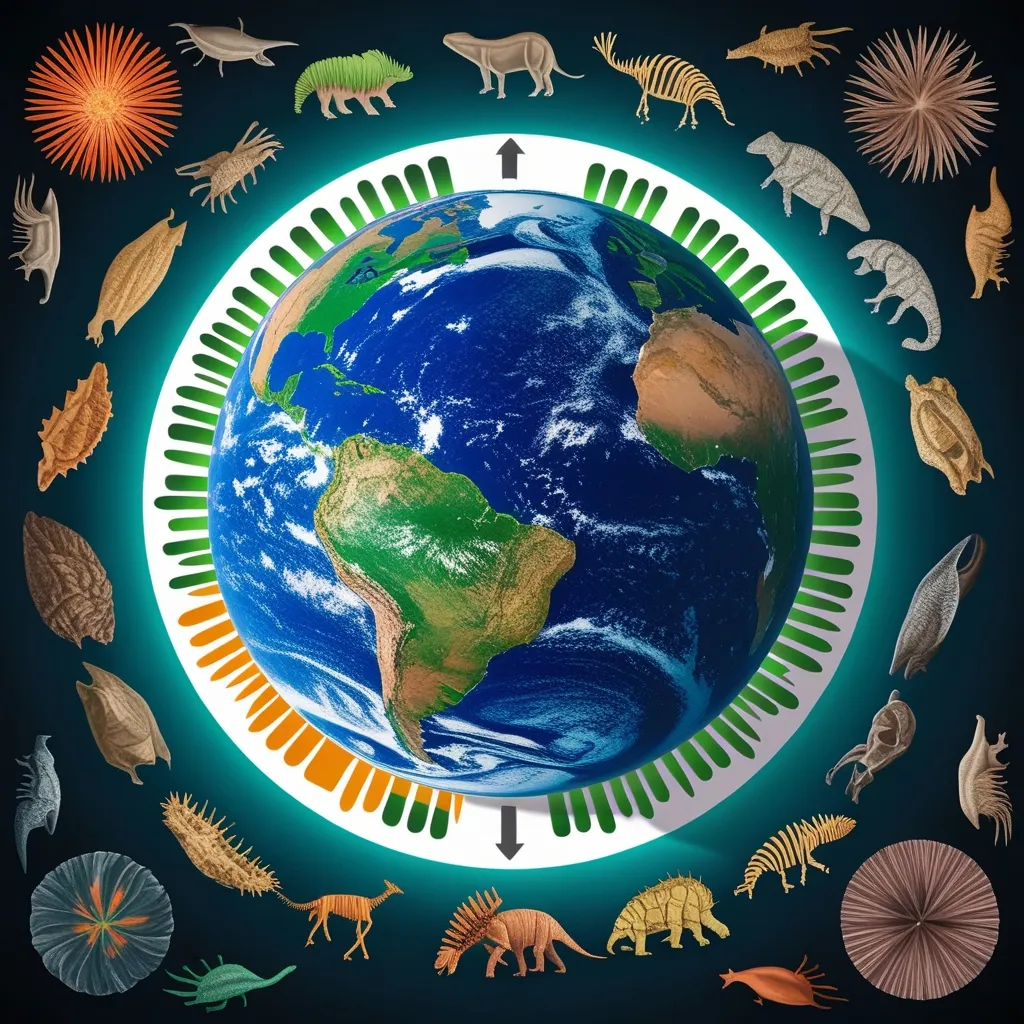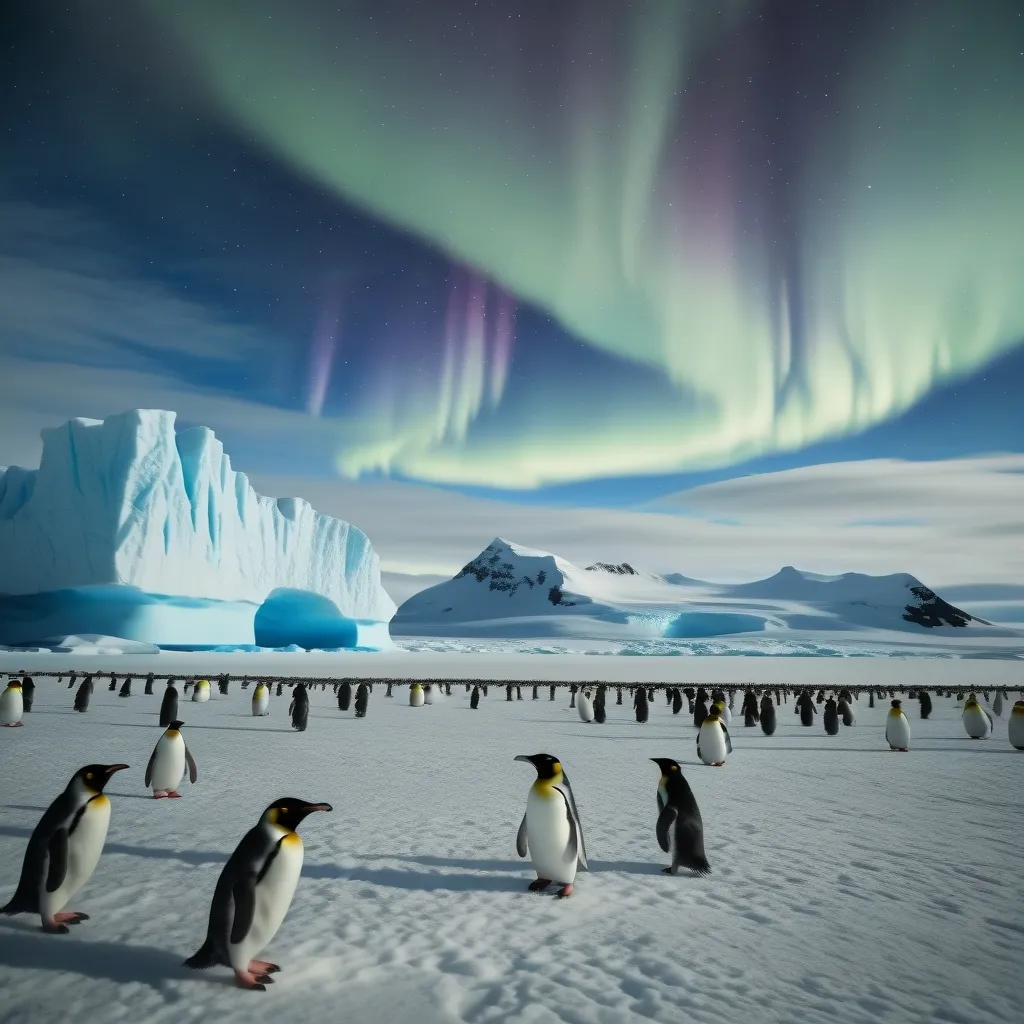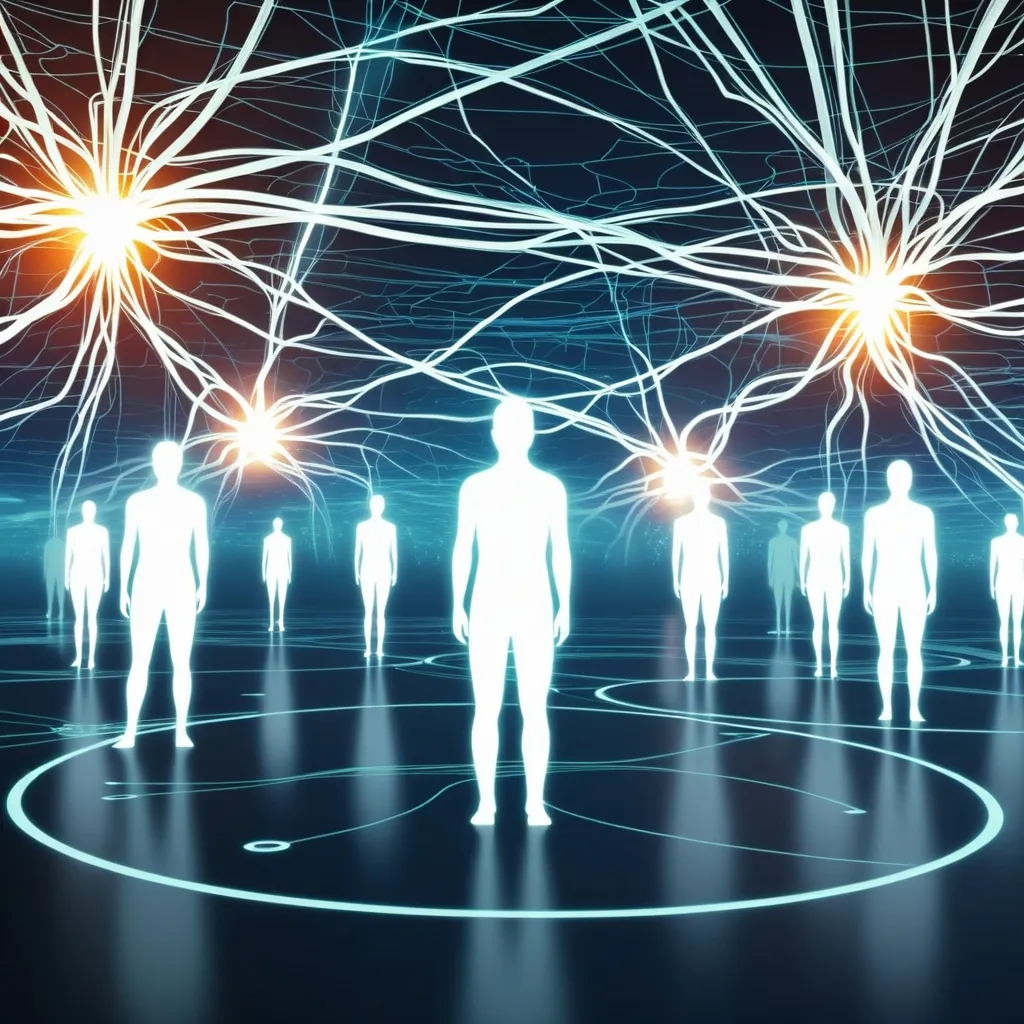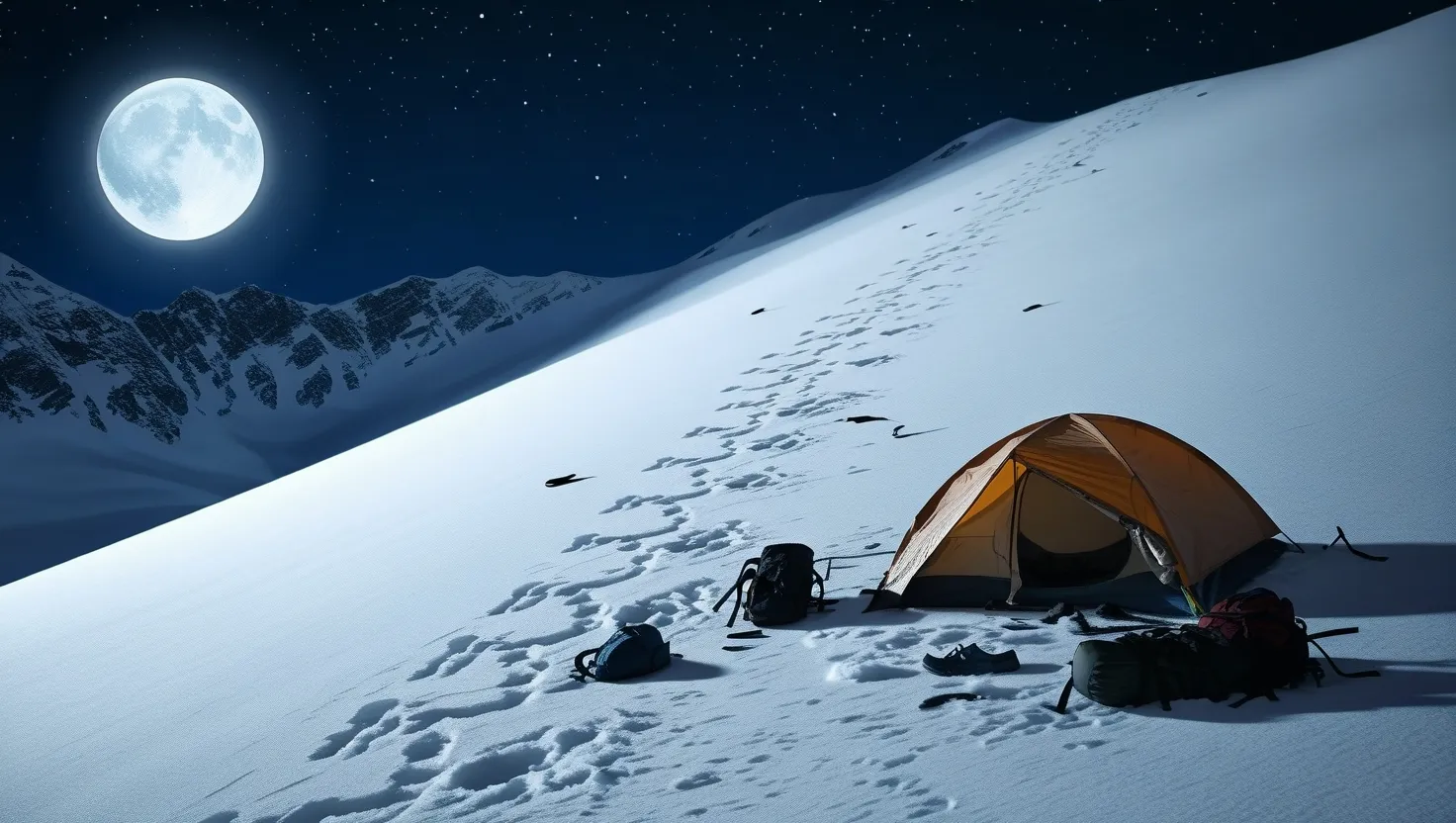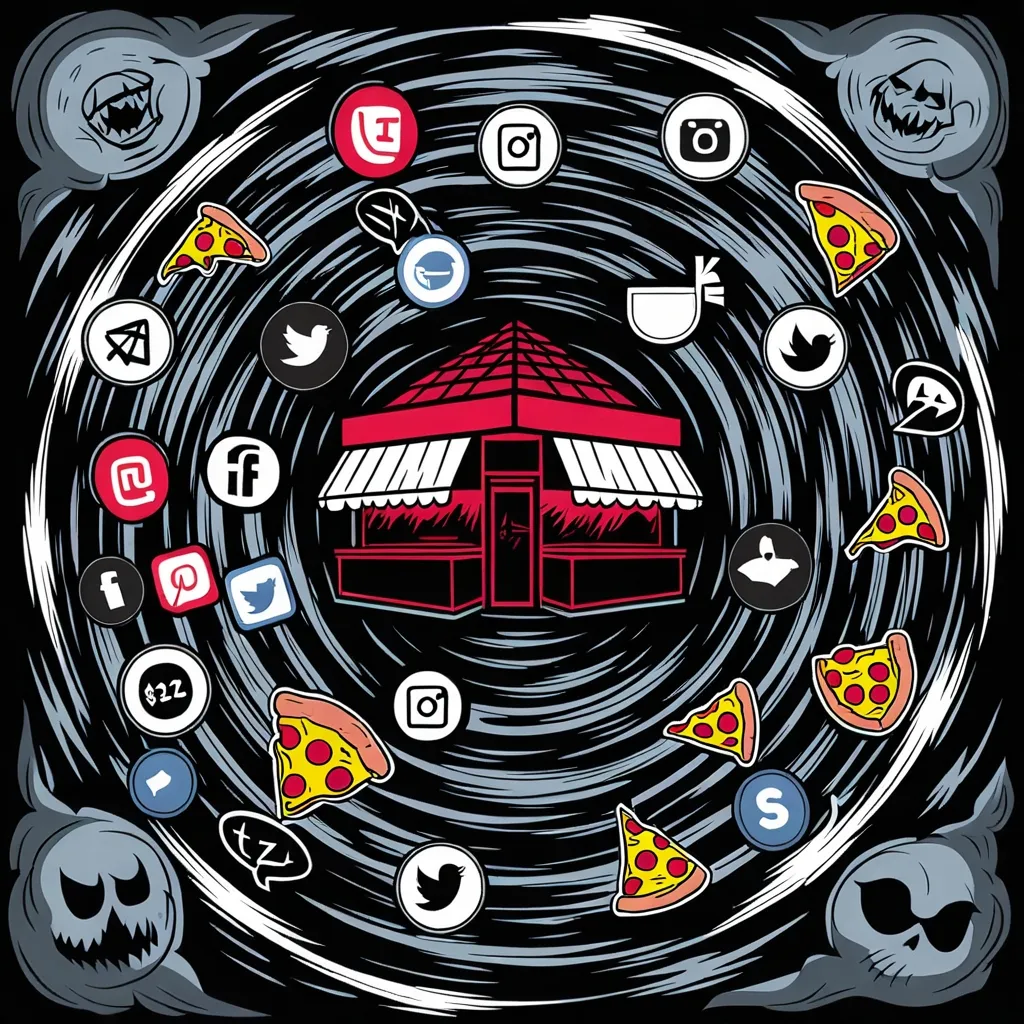Mass Extinctions: Unraveling Earth’s Deadliest Mysteries
When you hear the phrase “mass extinction,” your mind might jump to images of dinosaurs meeting their fiery end. But the truth is, our planet’s history is peppered with these cataclysmic events, each one reshaping life on Earth in profound ways. Let’s take a journey through time and explore the fascinating world of mass extinctions.
First things first, what exactly is a mass extinction? Simply put, it’s when a huge chunk of Earth’s species kicks the bucket in a relatively short time. We’re talking about way more than your average day-to-day extinctions here. These are events that leave a mark on the fossil record and change the course of evolution.
Now, you might be wondering if there’s some mysterious force behind these extinctions. Sorry to burst your bubble, but it’s not aliens or some cosmic puppeteer. The reality is both more mundane and more complex. Mass extinctions are usually the result of a perfect storm of natural disasters and environmental changes.
Let’s take a stroll through the “Big Five” mass extinctions that have rocked our world. The granddaddy of them all is the Permian-Triassic extinction, nicknamed the “Great Dying.” This bad boy wiped out a whopping 80-90% of all species about 252 million years ago. Imagine losing 9 out of 10 of your friends - that’s how bad it was for life on Earth.
What caused this mega-disaster? Well, it wasn’t just one thing. Picture massive volcanoes in Siberia belching out enough carbon dioxide to turn Earth into a giant greenhouse. Then throw in some more volcanic eruptions in China for good measure, creating a “volcanic winter.” It was like Earth couldn’t make up its mind between being too hot or too cold, and life paid the price.
But the Great Dying isn’t the only extinction event worth talking about. The Ordovician-Silurian extinction, which happened about 443.8 million years ago, was all about the big chill. The Earth cooled down so much that ice sheets spread like a cold blanket, wiping out many species.
Then there’s the Late Devonian extinction, roughly 372 million years ago. This one was like a perfect storm of environmental stress. Global warming? Check. Oceans losing oxygen? You bet. Maybe even a space rock or two for good measure. It’s like Mother Nature decided to throw everything but the kitchen sink at life on Earth.
Of course, we can’t forget the most famous extinction event of all - the one that took out the dinosaurs. The Cretaceous-Paleogene extinction, about 66 million years ago, was caused by a massive asteroid impact. But here’s the kicker - there were also intense volcanic eruptions and climate changes happening at the same time. Talk about bad luck!
Now, you might notice a pattern here. Volcanoes seem to pop up a lot in these extinction stories. That’s because they’re real troublemakers when it comes to life on Earth. When volcanoes erupt on a massive scale, they spew out all sorts of nasty stuff into the atmosphere. We’re talking sulfur dioxide, ash, and other gases that can lead to acid rain, global cooling, and even block out the sun. It’s like nature’s version of a nuclear winter.
But it’s not just about volcanoes. Climate change and ocean anoxia (that’s a fancy way of saying the oceans lose their oxygen) have also played starring roles in these extinction events. During the Late Devonian extinction, for example, many marine species suffocated as the oceans lost their oxygen. It’s like trying to breathe in a room full of smoke - not a good time for anyone.
Now, here’s where things get a bit uncomfortable. We might be in the middle of another mass extinction right now. Yep, you heard that right. Many scientists are calling our current situation the “sixth mass extinction.” But unlike the previous ones, this one’s got our fingerprints all over it.
We humans have been busy changing the planet in some pretty dramatic ways. We’re cutting down forests, destroying habitats, introducing invasive species, overfishing, and pumping greenhouse gases into the atmosphere like there’s no tomorrow. As a result, species are going extinct at a rate that’s 100 to 1,000 times faster than they would without our influence. It’s like we’re throwing a wrecking ball into the delicate balance of nature.
But here’s the thing about mass extinctions - they’re complicated beasts. They’re not simple, one-and-done events. Instead, they’re more like a series of dominos falling. One thing leads to another, and before you know it, you’ve got a full-blown extinction event on your hands.
Take the selectivity of extinctions, for example. During these events, some species bite the dust while others hang on by their fingernails. During the K-T extinction (the one that got the dinosaurs), half of all marine bivalve genera went extinct, along with 97% of coral species that had a special relationship with algae. It’s like nature was playing a twisted game of eeny, meeny, miny, moe with who gets to survive.
This selectivity raises some interesting questions. Why are some species more vulnerable than others? How does life as a whole respond to long-term stress? It’s like trying to figure out why some people can eat junk food all day and stay healthy while others look at a donut and gain weight. There’s still a lot we don’t understand about the mechanics of extinction.
Now, I know what you’re thinking. If we’re in the middle of a sixth mass extinction, why doesn’t it feel like the world is ending? Well, that’s because these things take time. The current rate of extinction, while alarming, hasn’t yet reached the mind-boggling levels of the Big Five. But here’s the scary part - if we keep going the way we are, we could lose a significant chunk of Earth’s species by the end of this century. It’s like we’re slowly turning up the heat on a pot of water, and the frogs (aka Earth’s species) don’t realize they’re being boiled alive.
So, what’s the takeaway from all this doom and gloom? Well, for one, it’s a reminder of just how resilient and fragile life on Earth can be. Despite facing catastrophic events multiple times, life has always found a way to bounce back. But it’s also a wake-up call. We humans have the power to either mitigate or exacerbate the current extinction crisis.
Understanding mass extinctions isn’t just about satisfying our curiosity about Earth’s past. It’s about learning valuable lessons for our present and future. By studying these events, we can better understand the complex interplay of factors that can lead to widespread extinctions. This knowledge can help us make more informed decisions about how we interact with our planet.
For instance, knowing the role that rapid climate change has played in past extinctions underscores the importance of addressing our current climate crisis. Understanding how habitat loss contributed to species decline in the past can guide our conservation efforts today. It’s like having a crystal ball that shows us potential futures - if we’re smart enough to learn from it.
Moreover, studying mass extinctions reminds us of the interconnectedness of all life on Earth. When one species goes extinct, it can have ripple effects throughout the entire ecosystem. It’s like pulling one thread from a tapestry - you might not notice at first, but eventually, the whole thing starts to unravel.
But it’s not all doom and gloom. The story of mass extinctions is also one of renewal and rebirth. After each extinction event, life found a way to recover and diversify in new and unexpected ways. The extinction of the dinosaurs, for example, paved the way for the rise of mammals (including us). It’s a testament to the incredible resilience and adaptability of life on Earth.
As we face the challenges of the Anthropocene - this new epoch shaped by human activity - we have a unique opportunity. Unlike the species of the past, we have the knowledge and technology to potentially prevent or mitigate a mass extinction. We can choose to be stewards of our planet rather than its destroyers.
This means making tough choices and changing the way we live. It means protecting habitats, reducing our carbon footprint, and finding sustainable ways to meet our needs without compromising the needs of other species. It’s a tall order, but the alternative - allowing a sixth mass extinction to unfold unchecked - is far worse.
In the end, the story of mass extinctions is our story. It’s the story of life on Earth - its triumphs, its tragedies, and its incredible capacity for resilience. By understanding these events, we gain a deeper appreciation for the fragility and interconnectedness of all life on our planet. And perhaps, just perhaps, we’ll be inspired to take action to ensure that the next chapter in Earth’s story is one of recovery and flourishing, rather than extinction.
So the next time you hear about mass extinctions, don’t just think of it as ancient history or science fiction. Think of it as a call to action, a reminder of our responsibility to the countless species we share this planet with. After all, we’re not just observers in this story - we’re active participants. And the choices we make today will shape the future of life on Earth for millions of years to come.
